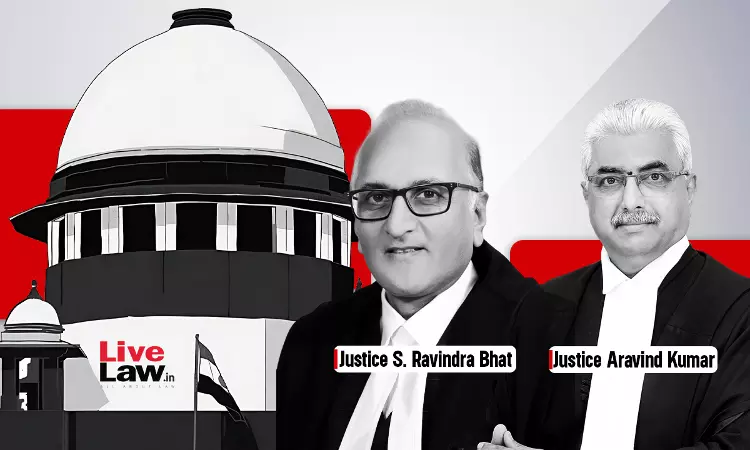Sterling Witness Should Be Of High Quality Whose Version Is Unassailable: Supreme Court
Suraj Parmar
13 Oct 2023 12:32 PM IST

Next Story
13 Oct 2023 12:32 PM IST
The Supreme Court recently held that the evidence of an eye-witness should be of very sterling quality and caliber and it should not only instill confidence in the court to accept the same but it should also be a version of such nature that can be accepted at its face value.The Court relied on Rai Sandeep @ Deepu alias Deepu V. State (NCT of Delhi) (2012) 8 SCC 21 which held: “the...
